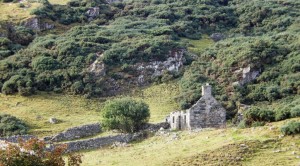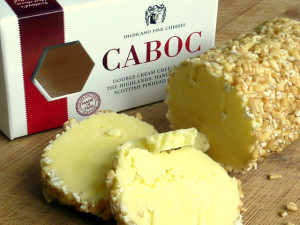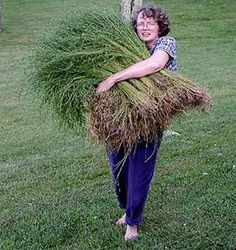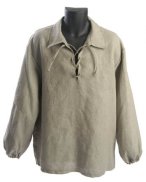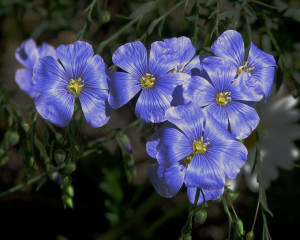A Highland woman’s summer
Kiera MacKenzie, the heroine in “An Eager Widow” and “A Perfect Wife” is spending the summer at a shieling high in the hills when Duff MacDougal finds her.While Kiera lived alone, for untold generations village women went to the same place each summer to work on tedious tasks which were made more enjoyable by the company of other wives.
They brought their children, of course, along with their cattle and goats to make cheese and butter. Sheep also grazed on the hills.
One cheese, “Caboc” dates back to the fifteenth century. The cheese, known for its rich double cream, is still a family secret six hundred years later and is sold by Highland Fine Cheeses in Tain.
The story of its creation involves the dastardly Campbell clan wishing to steal Mariota, the daughter of the MacDonald of the Isles chieftain, to forcibly marry her to one of their own to gain her lands (she was twelve). She was sent to safety in Ireland, returning later (with the recipe) to marry someone more suitable.
The women also brought everything they’d need to live in the shieling for weeks: clothes and blankets, distaffs and spinning wheels (and the flax and wool to go with it), their milking stools and utensils to make cheese and butter, and a supply of oatmeal and salt.
While high in the hills they also gathered plants for medicines and collected lichens (commonly called “crotal”) to dye their wool. There’s lots of information on traditional Scottish methods at http:// www. tartansauthority.com / tartan/ the-growth-of-tartan/tartan-production/colours-and-dyeing/traditional-dyeing/ (remove spaces to link).
Much of their time would be spent turning wool into thread, which many of you likely know about. It’s something quite different to turn flax (technically a vegetable) into something that could be spun into thread, then woven, and made into a shirt such as those worn by the MacDougals, and seen on “Outlander”.
Flax has long (up to three feet/ one metre), strong fibers which, after a tremendous amount of hand processing, creates linen. Even today, the best flax is pulled from the earth by hand as machine harvesting destroys the fibers.
For a full description of the process (complete with scientific information), visit this site: http:// www. decktowel. com/ pages/ how-linen-is-made-from-flax-to-fabric (remove spaces).
Christine MacLeod from Weaver’s Cottage in Kilbarchan, a National Trust Scotland property, shows how to spin flax on a traditional flax spinning wheel and the differences between spinning with flax and wool at this site: visit http:// www. videojug. com/film/ how-to-spin-flax (remove spaces first, ignore the irritating advertising).

